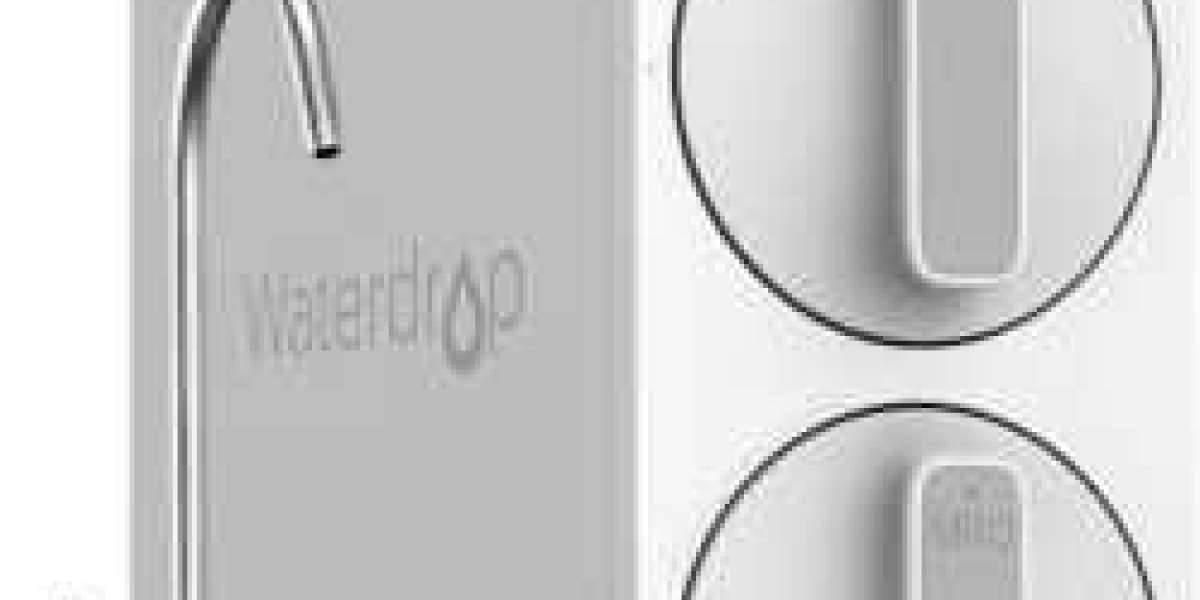Battery Heat Management focuses on controlling the temperature of the battery to prevent overheating, which can lead to reduced performance and safety risks. Techniques include the use of cooling systems, insulation materials, and thermal interface materials to maintain optimal operating temperatures.
The Cold Weather Problem
A lithium-ion battery is a chemical powerhouse, and like most chemical reactions, it slows down dramatically in the cold. When an EV battery gets too cold (approaching freezing temperatures), several negative things happen:
Reduced Power Output: The internal resistance of the battery increases, limiting its ability to discharge current. This can result in noticeably sluggish acceleration.
Limited Regenerative Braking: Regenerative braking works by capturing the energy of the slowing car and putting it back into the battery. A cold battery cannot accept a high rate of charge, so the car's computer will severely limit or even disable regenerative braking until the battery warms up. This means the driver loses a key source of efficiency.
Drastically Slower Charging: This is the most noticeable effect. A cold-soaked battery simply cannot accept a fast charge. Plugging a car with a frigid battery into a DC fast charger will result in extremely slow charging speeds, as the battery management system (BMS) will limit the power to prevent damage.
Reduced Range: The combination of lower efficiency and the extra energy needed to heat the cabin and the battery itself can lead to a significant reduction in real-world driving range in the winter.
How EVs Heat Their Batteries
To combat these issues, modern EVs employ active battery heat management systems.
Battery Preconditioning: This is a key feature. If you set a departure time or navigate to a fast charger in the car's GPS, the car will intelligently start heating the battery pack ahead of time. This ensures that when you start driving or arrive at the charger, the battery is already in its optimal temperature zone for peak performance and charging speed.
Resistance Heaters: One method is to use a dedicated electric resistance heater. This device is essentially a powerful heating element that warms the liquid coolant, which is then circulated through the battery's cooling plates to bring the cells up to temperature. It's effective but uses a significant amount of energy directly from the battery.
Heat Pumps: A more advanced and efficient method is to use a heat pump. The heat pump can run in a reverse cycle to draw heat from the cold ambient air and transfer it into the coolant loop. It can also capture waste heat from the motor and electronics, even when they are running at a low level, and use that to warm the battery. This is far more energy-efficient than using a resistance heater alone.
Frequently Asked Questions (FAQ)
Q1: Why do EV batteries need to be heated? A1: A cold battery has much higher internal resistance, which severely limits its performance. Heating the battery brings it into its optimal temperature range, which restores full power, enables regenerative braking, and allows for much faster charging speeds.
Q2: How does a cold battery affect an EV's range? A2: A cold battery is less efficient at discharging energy. This, combined with the energy needed to heat both the battery and the cabin, can lead to a noticeable decrease in an EV's total driving range during winter months, sometimes by 30% or more in very cold conditions.
Q3: What is "battery preconditioning"? A3: Preconditioning is a feature where the EV uses its thermal management system to automatically heat (or cool) the battery to the ideal temperature before you start a trip or before you arrive at a DC fast-charging station. This ensures you have maximum performance and the fastest possible charging speed from the moment you need it.
More Related Report
Off-Road Motorcycle Market Size











